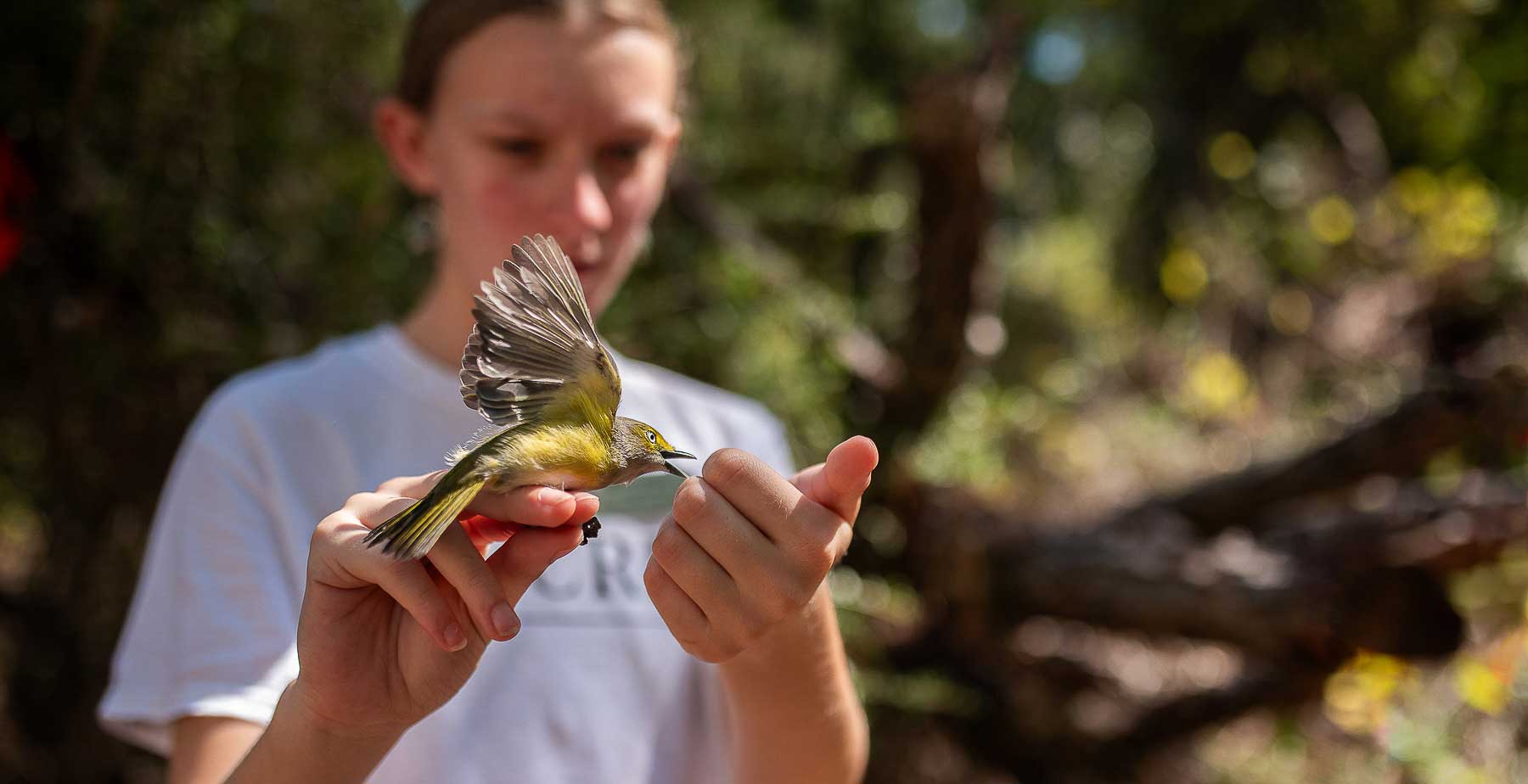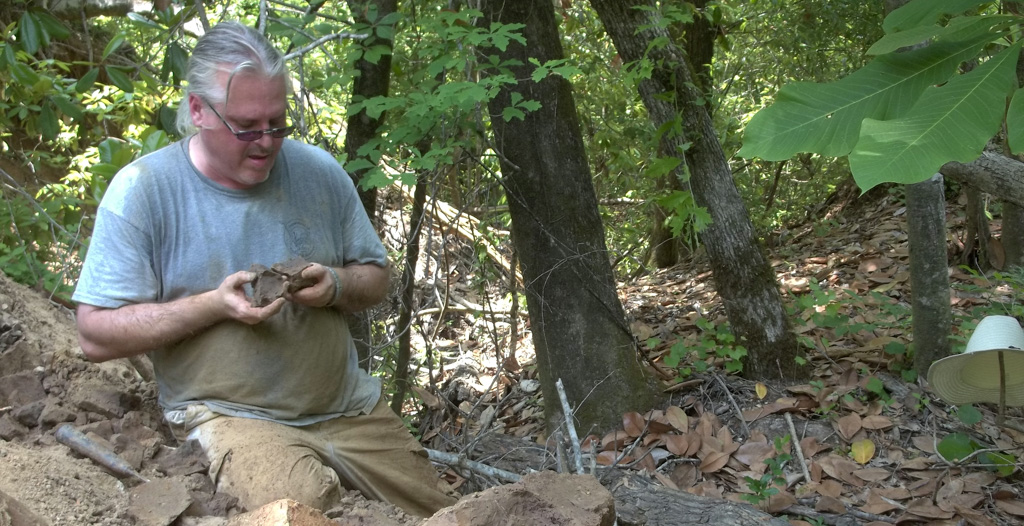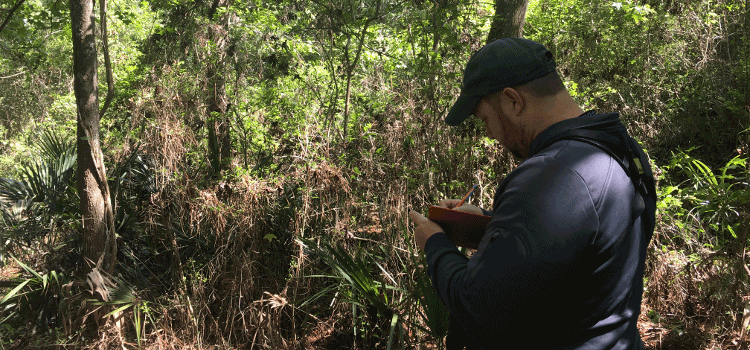Rare microbiome bacteria drive plant morphology and function
Posted on October 29, 2019 by Jeremiah Henning

New work out of the Henning lab in the American Journal of Botany demonstrates that microbes that live within plant tissues, i.e. the microbiome, can alter plant morphology and physiology. Henning and colleagues designed an experiment where they added simple 3-strain bacterial communities and measured how small shifts in microbiome communities altered plant morphology and physiology. Additionally, they tested whether plant morphology and physiology were predictable using the effects of single-strain inoculations. Overall, they found that small changes in the identity of closely-related bacterial strains growing at low abundance led to changes in how plants directed biomass toward leaves, stems, or roots and those shifts were not predictable from single-microbe trials. Their results suggest that even simple microbiome communities can lead to complex interactions within the plant host.
For full article please follow the link here.
-

Fierce Featherweights
Imagine being able to increase your muscle mass by 40% within a few we...
December 26, 2024 -

Passionflower Species Named in Honor of Late Biology Professor
University of South Alabama biology professor Dr. Brian Axsmith discov...
July 2, 2024 -

Public Outreach on the Upper Tensaw River
Joel Borden led a natural history tour of the Upper Tensaw River Nov 6...
November 23, 2021 -

Upcoming bird outreach events featuring Joel Borden
Upcoming bird outreach events featuring Biology faculty member Joel Bo...
October 1, 2021


